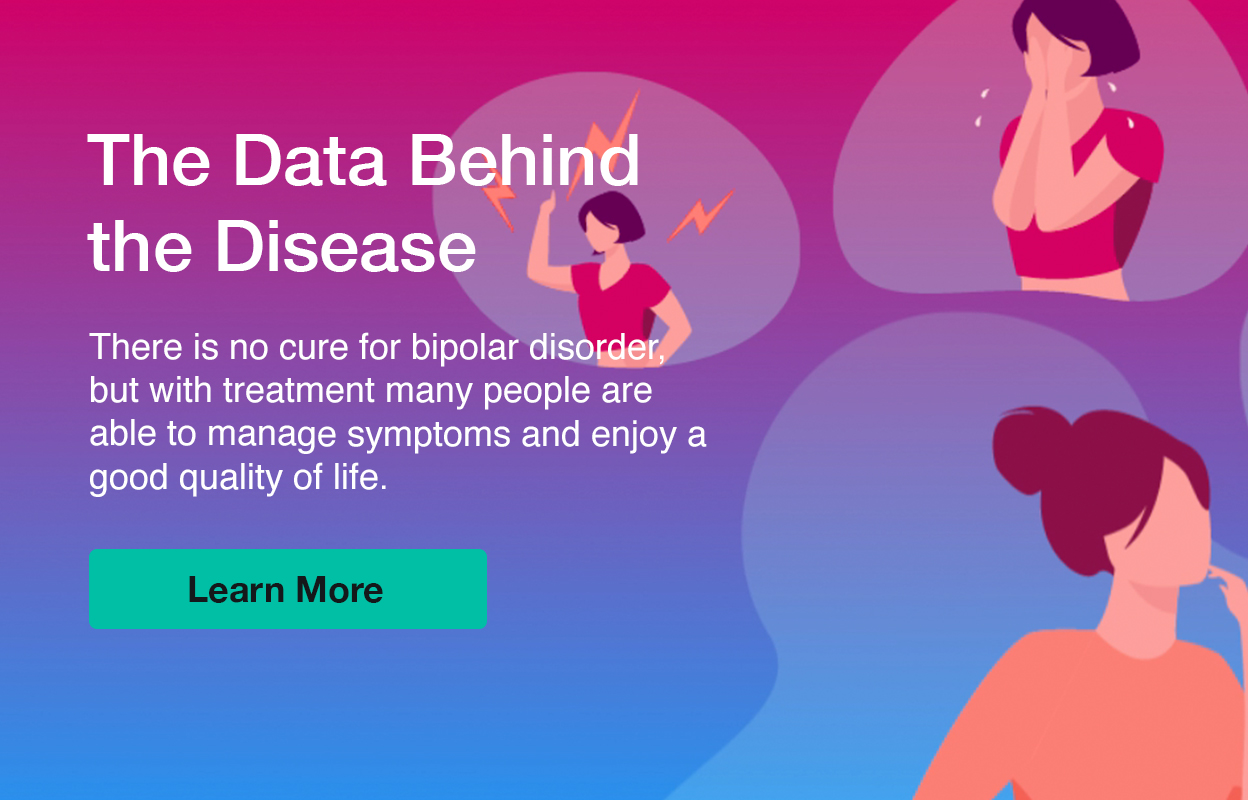Updated on November 6, 2023
Bipolar disorder refers to a group of serious mental illnesses characterized by manic and depressive episodes. The episodes caused by bipolar disorder are sometimes described as extreme mood swings, but the reality is a bit more complex than that description.
For anyone living with bipolar disorder—or who has a loved one living with bipolar disorder—it’s important to understand what different bipolar episodes can look like.
Understanding manic episodes
Manic episodes are a defining feature of bipolar disorder. Mania can be described as an intense state of elevated mood and energy.
Key features of mania include:
- Elevated mood. During a manic episode, individuals often experience abnormally high or euphoric moods. They may feel elated, invincible, or extremely confident.
- Increased energy. Manic episodes are accompanied by a surge in physical and mental energy. Individuals may engage in activities for extended periods without feeling tired.
- Decreased need for sleep. People in a manic state can go with very little sleep for days on end without feeling tired.
- Racing thoughts. Thoughts may race through the mind, making it challenging to concentrate or maintain a coherent conversation.
- Fast speech. In addition to racing thoughts, a person may speak quickly and jump from topic to topic.
- Impulsivity. Impulsive behavior is common during mania. People may engage in risky activities, such as excessive spending, reckless driving, or substance use.
- Irritability. In some cases, irritability may replace euphoria as the predominant mood in a manic episode.
Understanding hypomania
Hypomania is a less intense and disruptive form of mania. Because hypomanic episodes are less intense and disruptive, hypomanic episodes can be more difficult for a person to identify. Hypomania can also lead to mania, especially if a person is untreated or undertreated.
Key characteristics of hypomania include:
- Less intense manic symptoms. Hypomanic symptoms include elevated mood, increased energy, racing thoughts, and faster-than-usual speech. However, these symptoms will be less intense and less disruptive than those experienced during a manic episode.
- Shorter duration. Hypomanic episodes tend to last for shorter periods of time than manic episodes (four days for hypomania, one week for mania).
- Decreased need for sleep. During a hypomanic episode, a person may sleep less, but still function relatively well, with normal-to-high energy levels.
- Increased productivity. Some people find that they are more productive during hypomanic episodes, experiencing bursts of creativity and enthusiasm.
Understanding depression
Depressive episodes in bipolar disorder are similar to those experienced in major depressive disorder.
Key features of depression include:
- Low mood. Individuals with bipolar disorder in a depressive episode typically feel extremely sad, hopeless, and may even have thoughts of self-harm or suicide.
- Fatigue. Depression often leads to severe fatigue and a lack of energy.
- Sleep disturbances. Both insomnia and oversleeping are common during depressive episodes.
- Difficulty concentrating. Cognitive function is impaired, and individuals may struggle with concentration and memory.
- Loss of interest. People lose interest in activities they once enjoyed, experience a lack of pleasure, and may withdraw from social interactions.
- Appetite changes. Appetite changes, such as overeating or loss of appetite, are common in depression.
- Feelings of guilt or worthlessness. Individuals may feel excessive guilt and worthlessness during depressive episodes.
Understanding mixed features
Mixed features (formerly known as mixed episodes) are bipolar episodes that have features of both mania and depression. For example, a person may experience racing thoughts and impulsivity at the same time that they are experiencing depression.
Mental health emergencies
Both manic episodes and depressive episodes can lead to healthcare emergencies. If you or someone you know is having thoughts of self-harm or suicide, seek help immediately. Licensed mental health professionals are available at the 988 Suicide and Crisis Lifeline, which can be contacted by calling or texting 988.
It's important to mention that the severity, duration, and frequency of bipolar episodes can vary from person to person. As with any mental health condition, it helps to have a good understanding of symptoms—but there is no substitute for an evaluation from a healthcare provider who specializes in mental health.






